Text and photos by Juliette Rousselot
LALITPUR, 3 May 2015 (IRIN) – When the hundred or so residents of Dalchowki village in southcentral Nepal first received assistance, it did not come from the government, the United Nations or one of the many large international NGOs now pouring into the country following the 7.8-magnitude earthquake that hit one week ago. It came from a small, spontaneously-born network of local volunteers who are often the first on the scene.
“Everywhere we’ve been, people say, ‘You’re the first one we’ve seen. We haven’t seen the government; we haven’t seen organisations’,” says Nayantara, one of the organisers of the group of volunteers, who preferred not to give her last name. “The Red Cross has reached a few places but they’re also working with limited resources.”
Every one of the 24 homes in Dalchowki, a three-hour drive from the capital Kathmandu, was either completely destroyed by the quake or too damaged to live in. For the past week, its residents have been sharing a dozen makeshift tents made of plastic sheeting, and say their food and water supplies will only last a few more days.
When a handful of volunteers reached the village on Friday, up a mountainous dirt road only passable by four-wheel drive (4WD), they handed out tarpaulins, packets of dried noodles and crackers, and anti-diarrheal tablets.
It is one of some two dozen villages the volunteers have reached since the earthquake hit on 25 April. They meet early every morning in an office in Patan, Kathmandu’s sister city and headquarters of Lalitpur District, south of the capital; decide on priorities; split the group into teams; pack what little supplies they can into the back of pick-up trucks; and head for the small villages that dot the mountainous Nepalese landscape.
Click on image for more photos

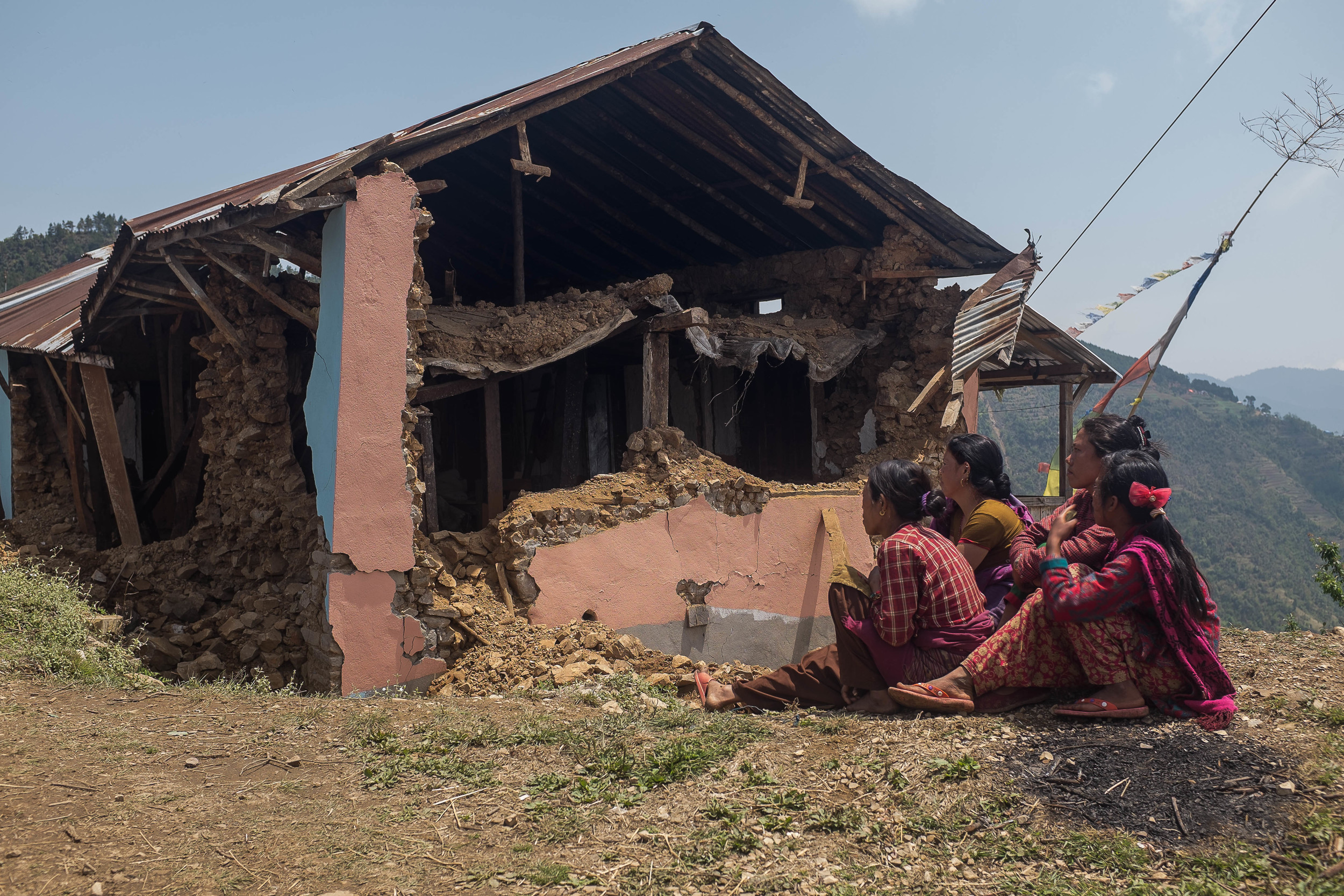
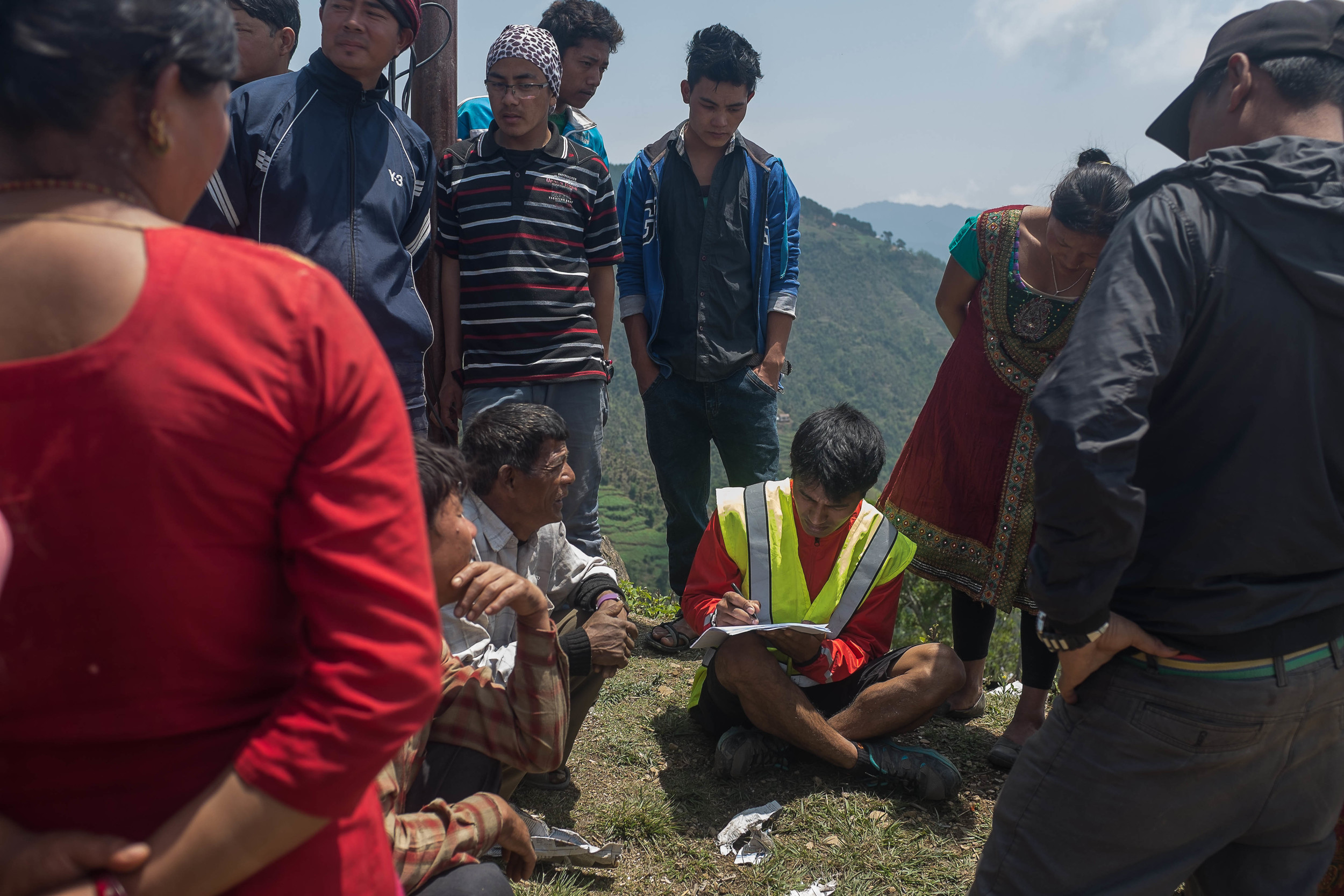
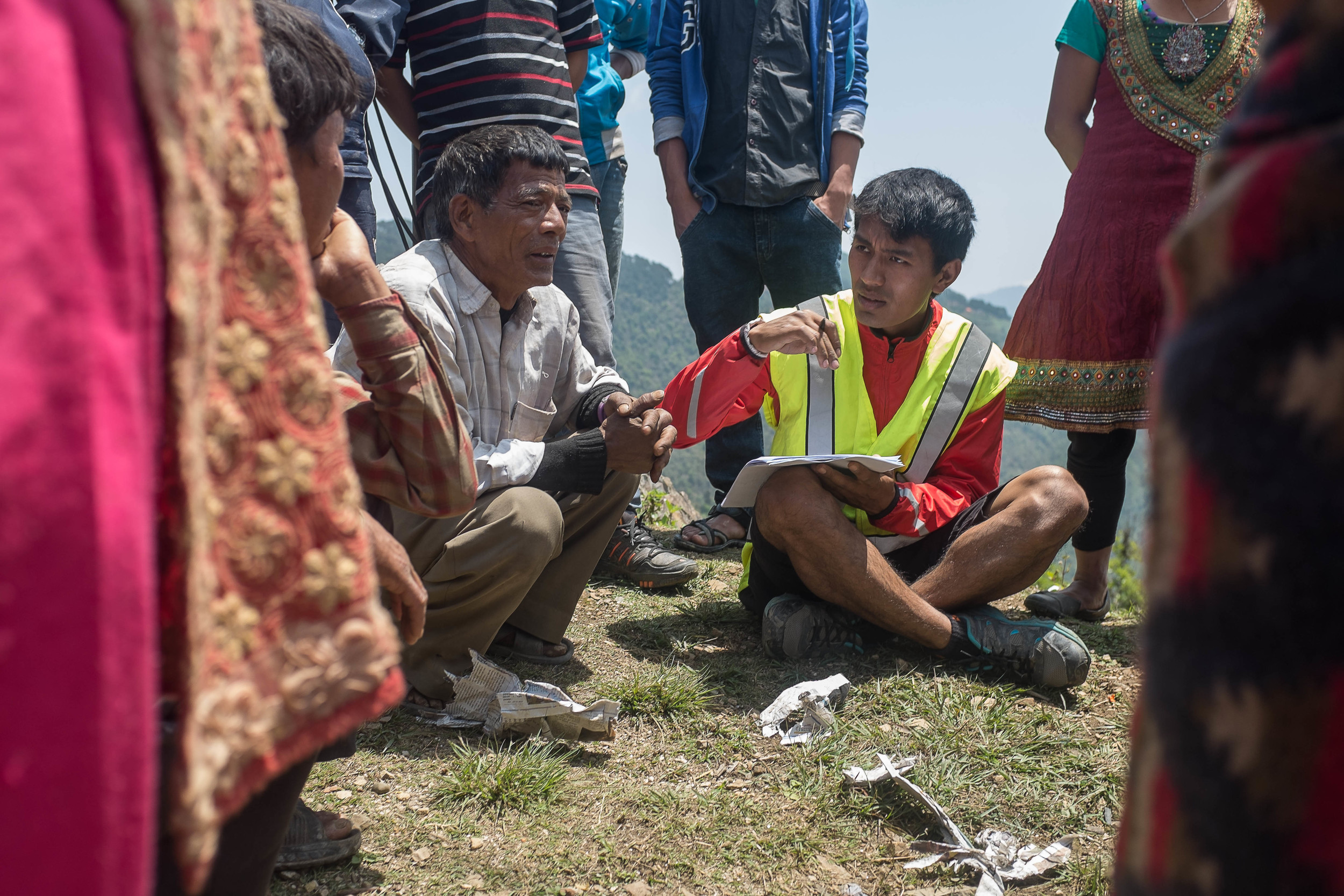
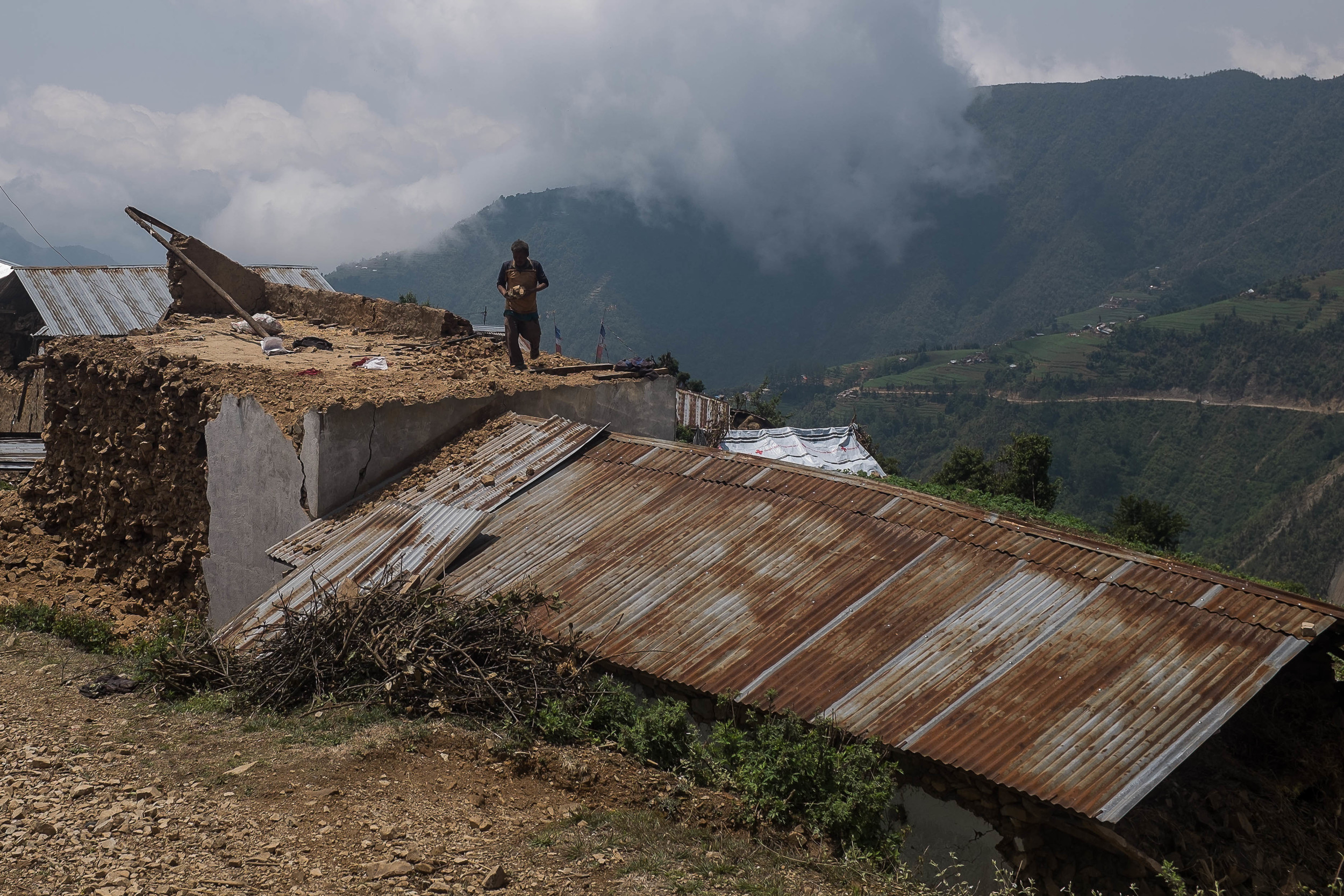

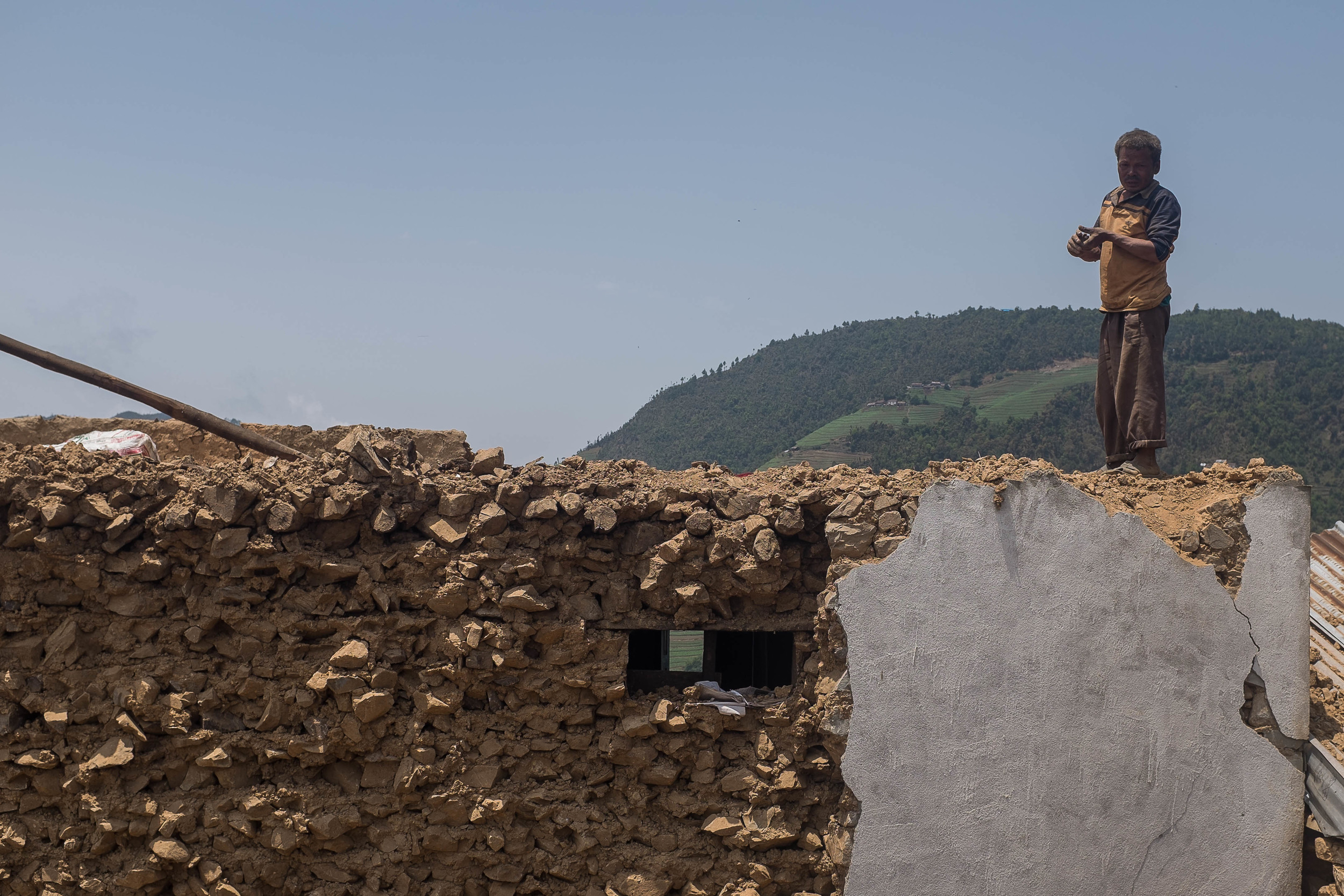


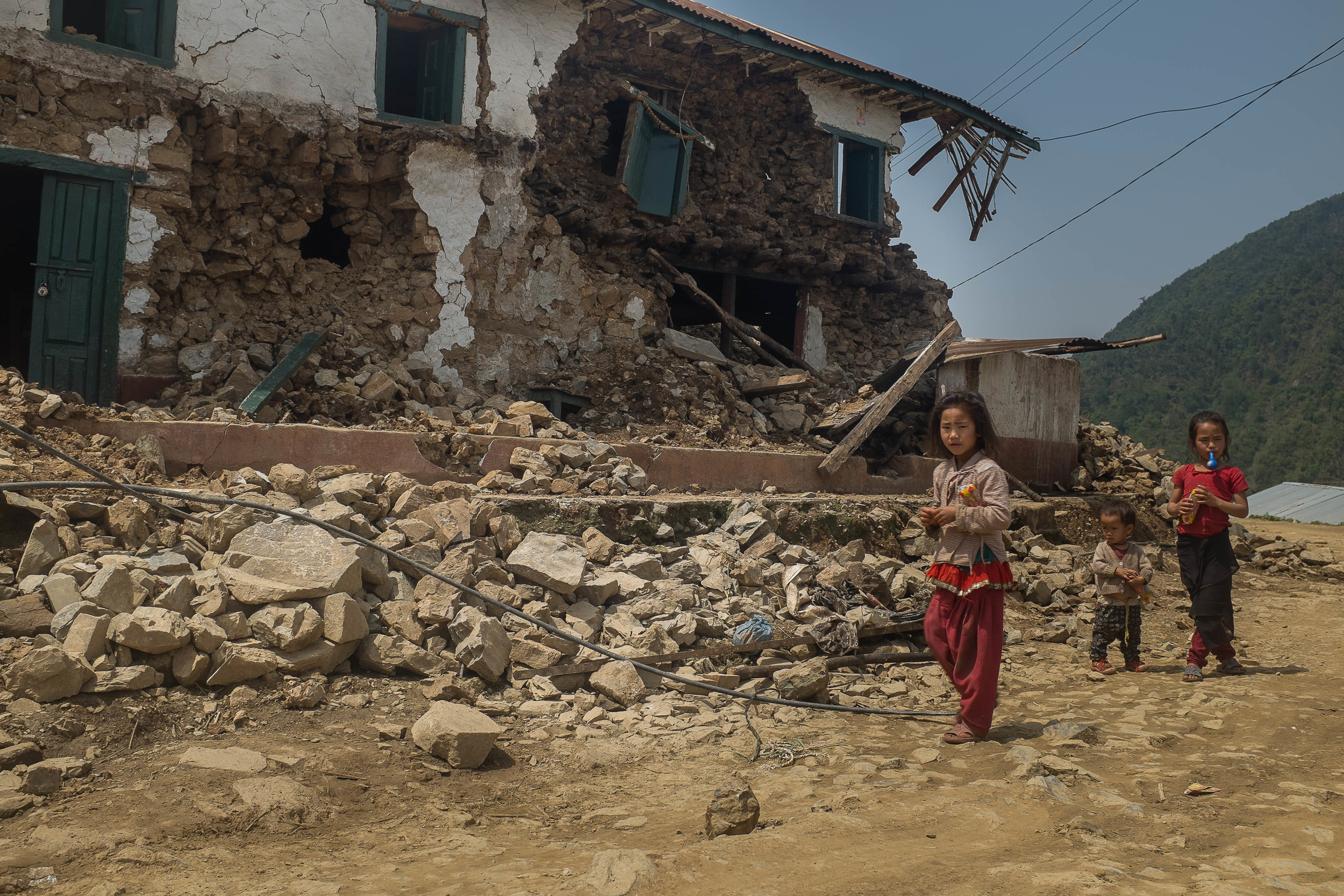
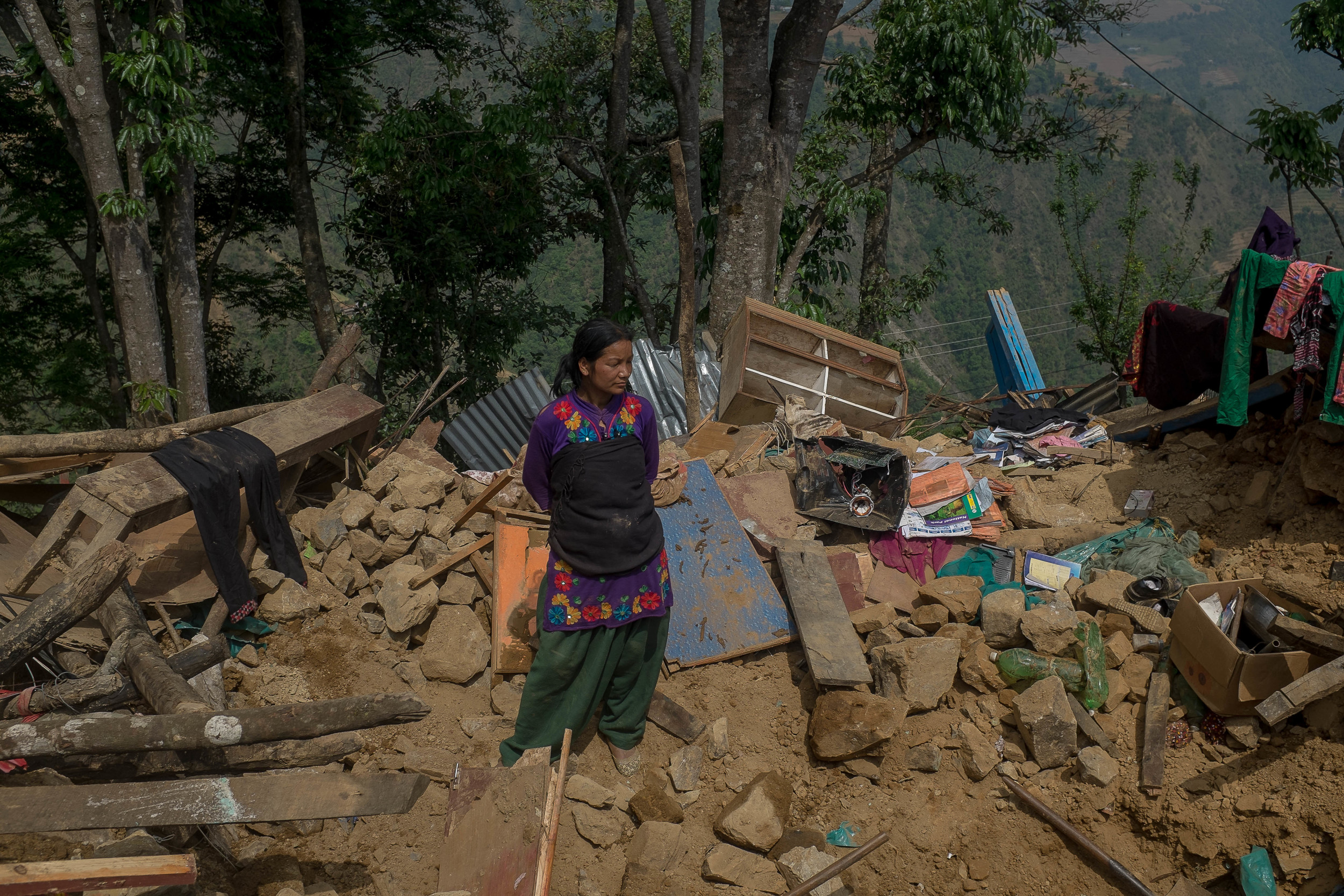


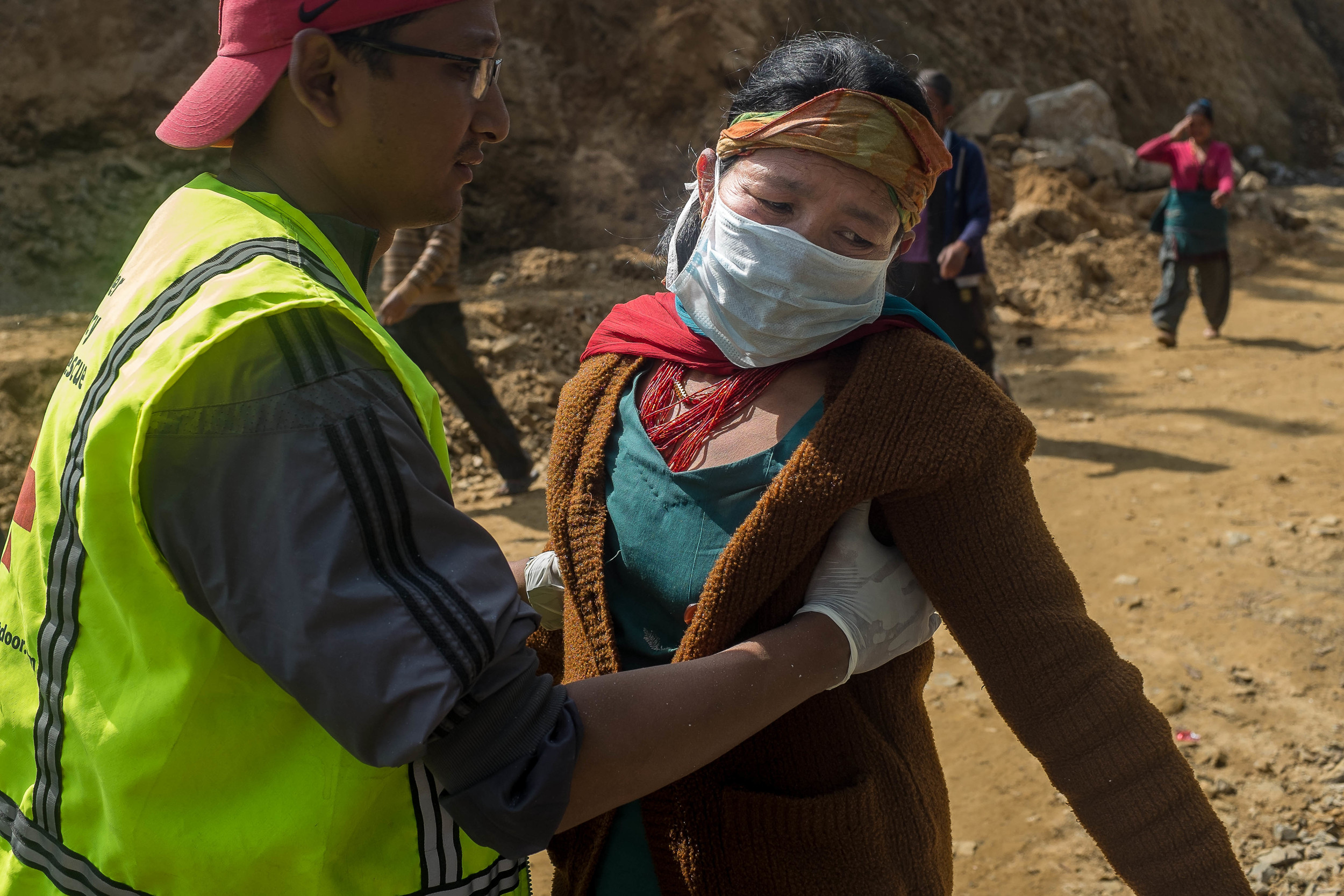

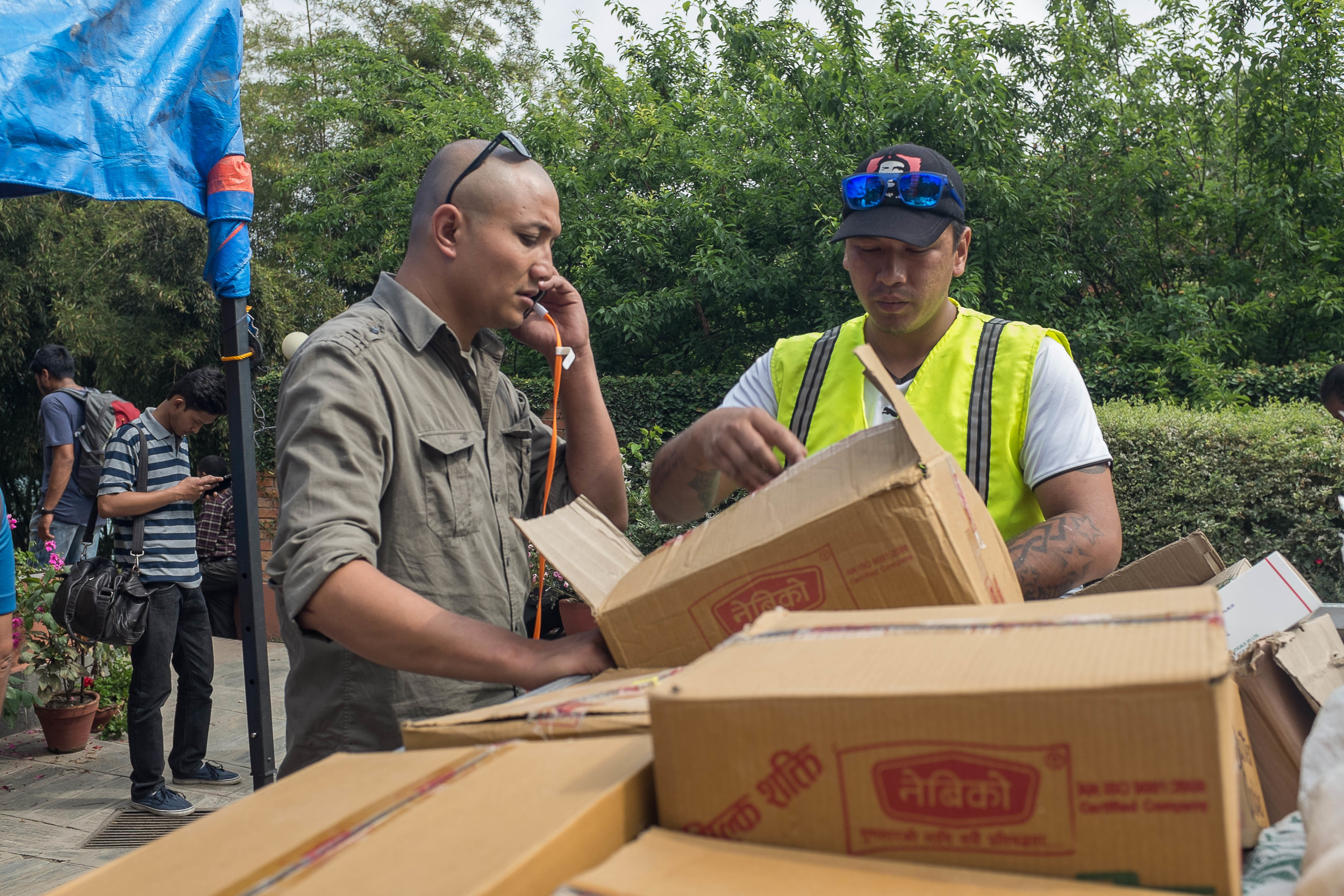
The group has grown to some 100 people, a mix of locals, expats and tourists who came together organically after the quake to see what they could do. Their supplies come through private donations. They try to stay under the radar to avoid being shut down or having their funds diverted by the government.
Small groups like this one are springing up in different areas to help their communities in the absence of more formal assistance. Some of the villages the group has visited have been almost completely decimated by the quake and the majority have yet to see any substantive form of relief from larger organisations. Many have been surviving since the earthquake with almost nothing.
To identify villages in need of help, the volunteers rely on phone calls and social media, in particular Facebook groups that have been established since the earthquake specifically for this purpose.
A doctor, who provides first aid, distributes medication, and gives people advice about sanitation issues, accompanies each team of volunteers. Carrying only limited medical supplies, Dr. Amit Joshi, a young doctor who has taken leave from his job at a private clinic to contribute to the volunteer response, can do little more than recommend that patients with serious injuries go to the nearest hospital for further care. But it is clear on the villagers’ faces that having a medical professional examine them is a small comfort in a time of extreme hardship.
The first two days were very busy, as there were many injuries. Since then, Joshi has been seeing mostly minor injuries, but as many go untreated in these remote villages and without access to clean water in cramped living conditions, there is risk of infections and infectious diseases.
Shortage of supplies
Like everyone else, the volunteers’ operations are hindered by a shortage of humanitarian supplies. “We have an unending amount of requests coming in, people telling us they need help here and there, and we have enough volunteers to go to these places, but we don’t have enough supplies,” Nayantara explains.
Their two biggest priorities are providing medical supplies as well as tarpaulins to help people build shelters. Securing medicine for children – among the most affected by the disaster – has been especially difficult, Dr. Joshi says.
Because of local shortages, the volunteers have had to purchase supplies from as far as towns bordering India - a region of Nepal that was not affected by the disaster - and drive them back to Kathmandu. They only have four 4WDs.
No substitute for bigger players
Despite the important work these volunteers are doing, the organisers are cognisant of their limitations.
“It’s not much; we really recognise this. And the government or any of these UN or big organisations should not for a second think that ‘these citizens have gone up and now we don’t have to go’. Whatever is happening now is just first response,” says Nayantara.
But for these communities, seeing volunteers from big cities is reassuring, even if they can only bring them enough to survive for a few more days.
On Friday, the team of volunteers had planned to reach seven more villages, but when they stopped in Jhakridanda village, they found none of houses still standing, and dozens of people from nearby villages and hamlets flocking to their truck. Word had spread that help had finally arrived.
The supplies were quickly depleted.
jr/ha

